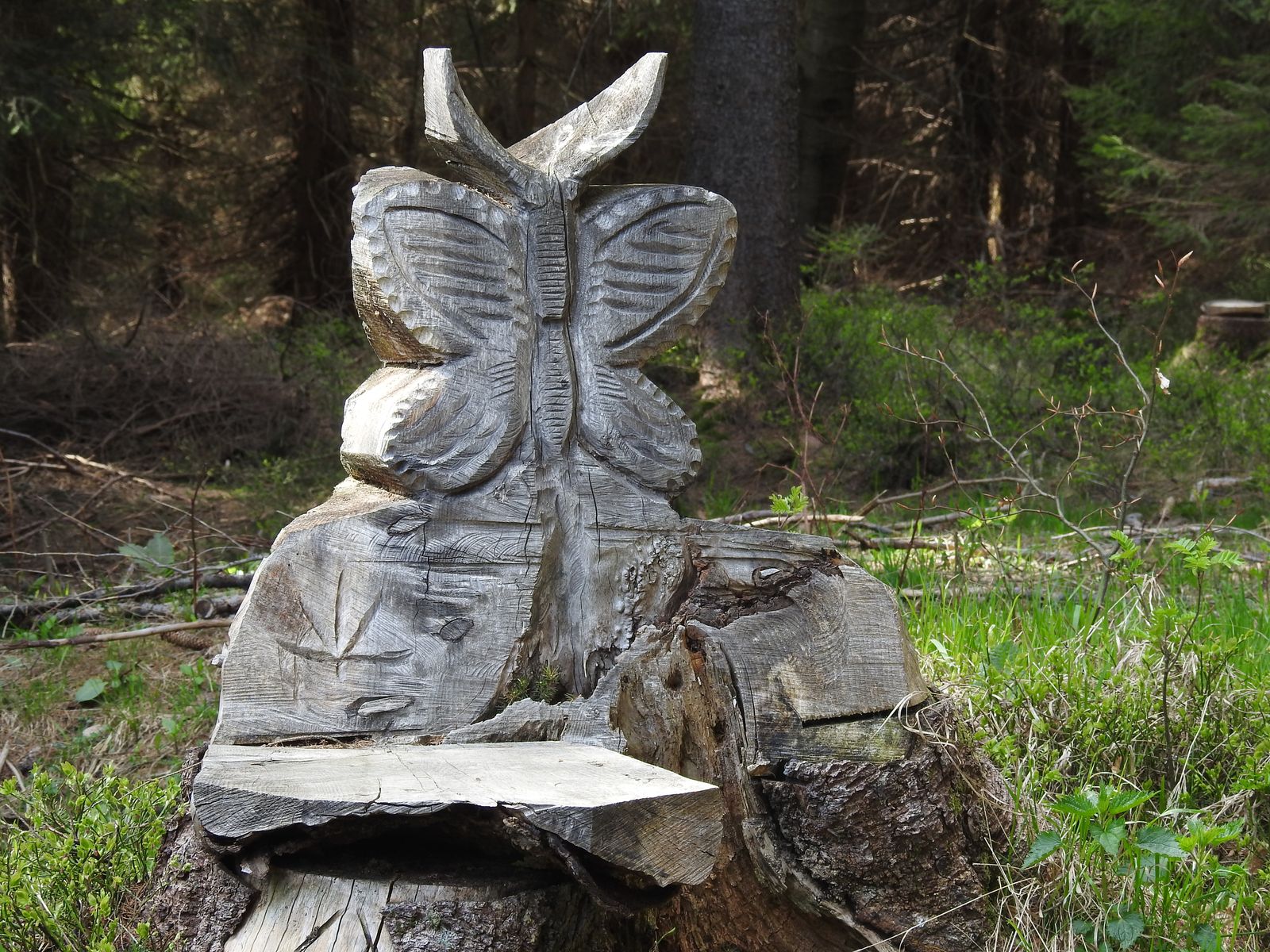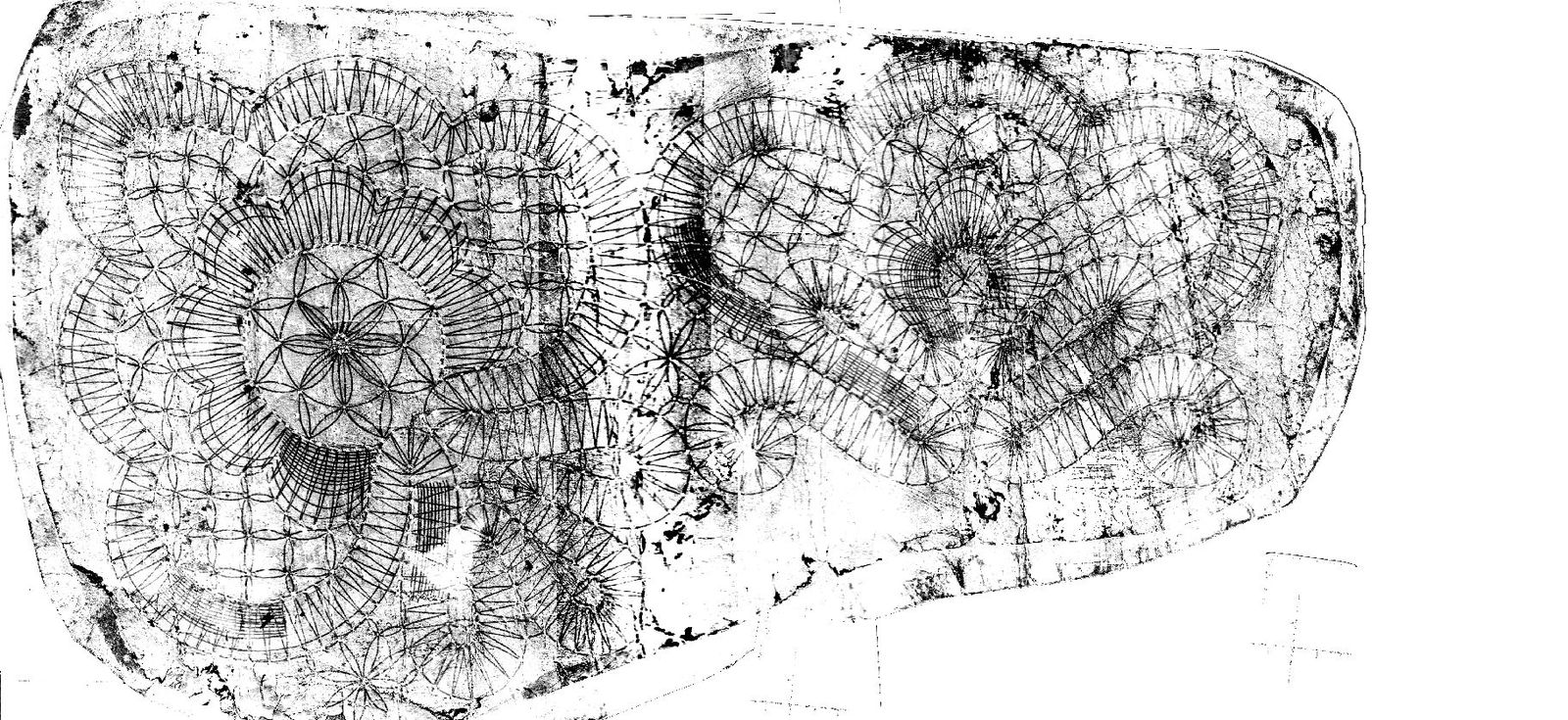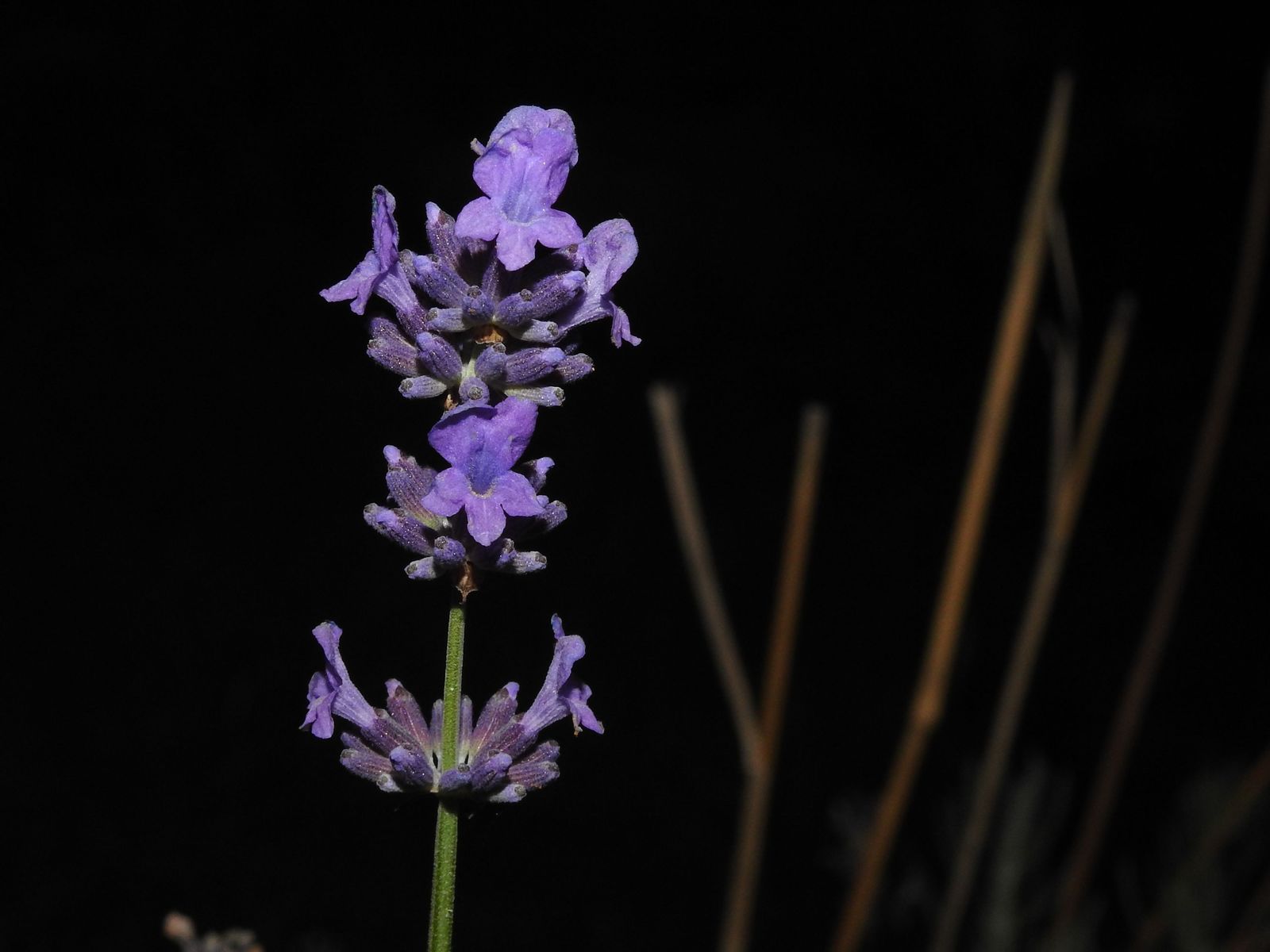I would love to someday to build a crossbow. It definitively is on my ever growing to-do list.
Not that I feel particular inclination to be armed, but the simple yet not easy to make mechanism of a crossbow (or even a bow) intrigues me.
Tod Todeschini not only makes crossbows, he also likes to share his extensive knowledge about them. Here he uses that knowledge to speculate a bit about how pictish crossbows could look like.























